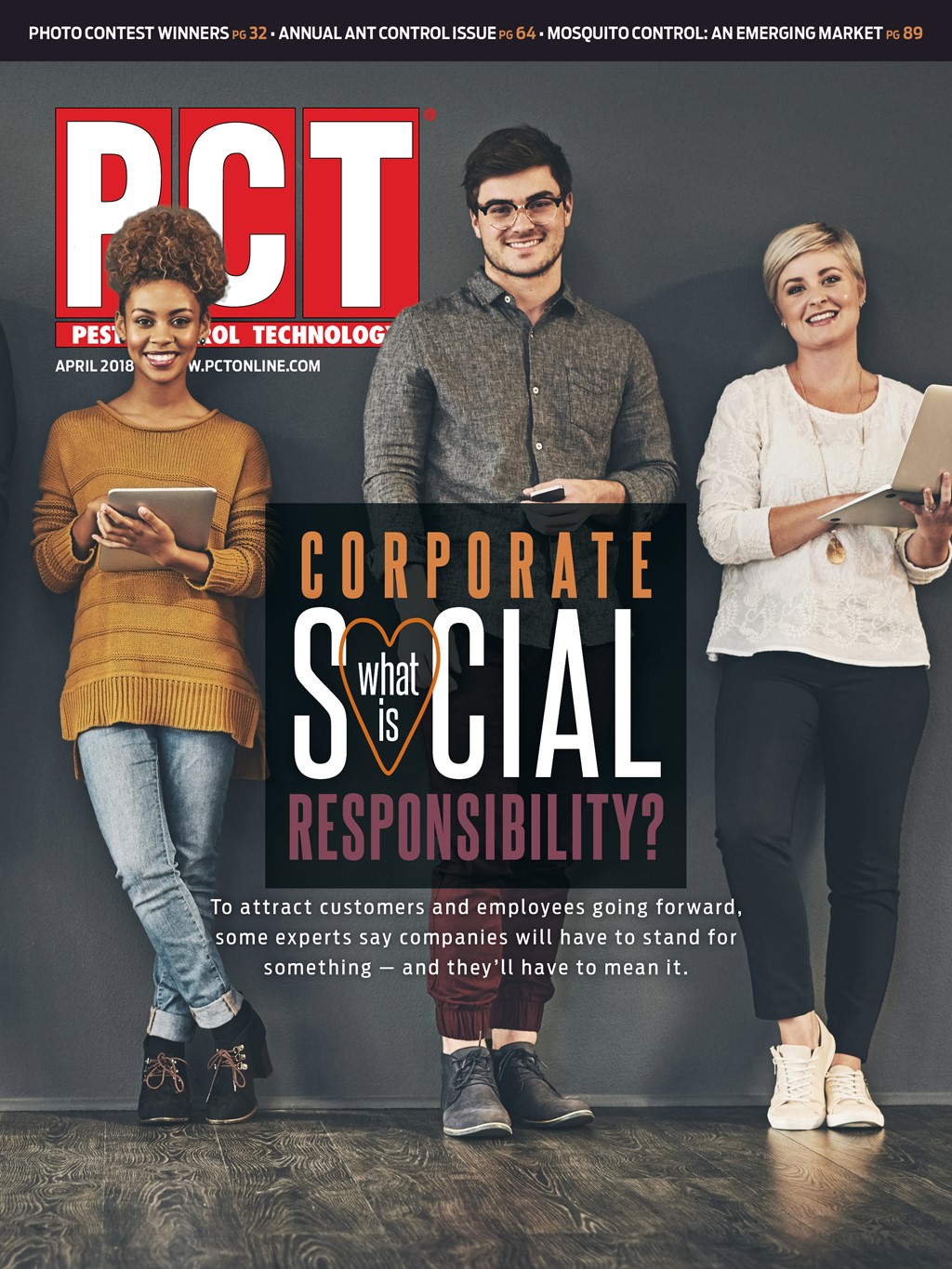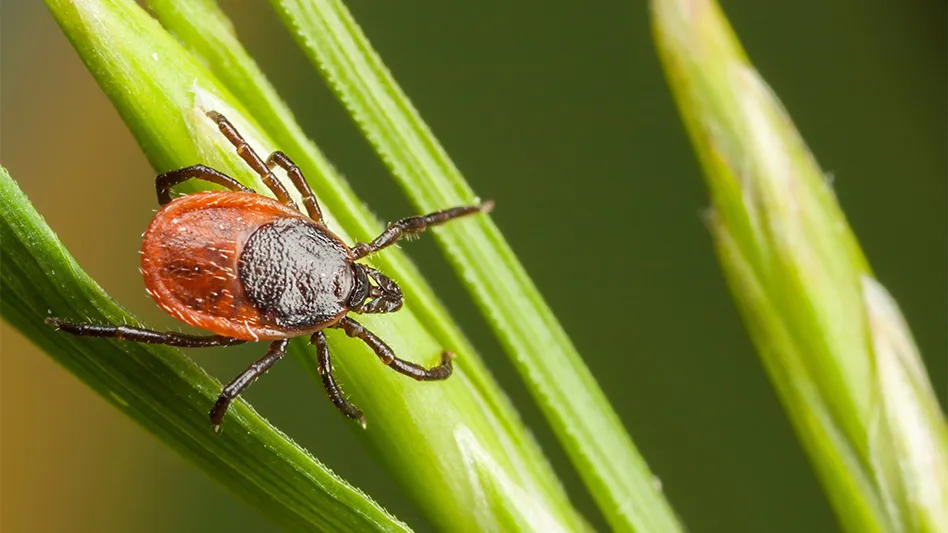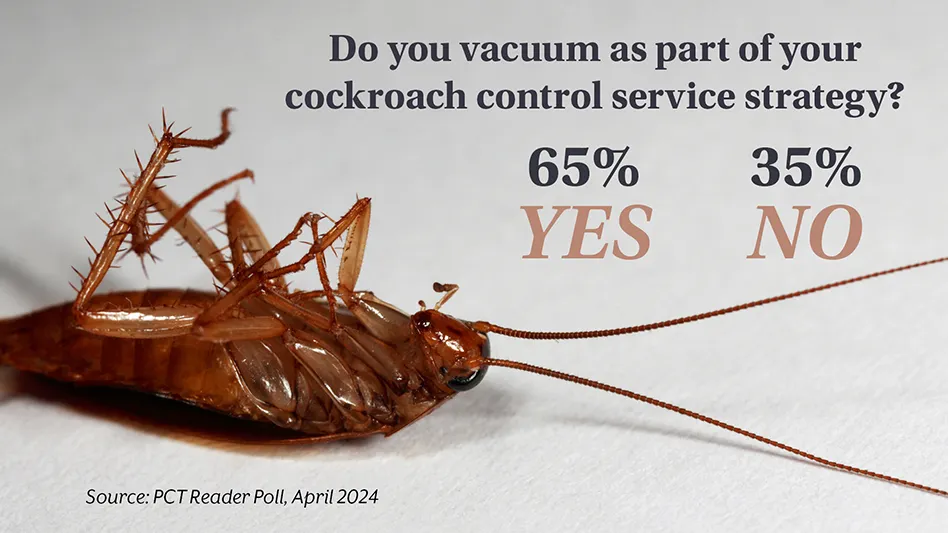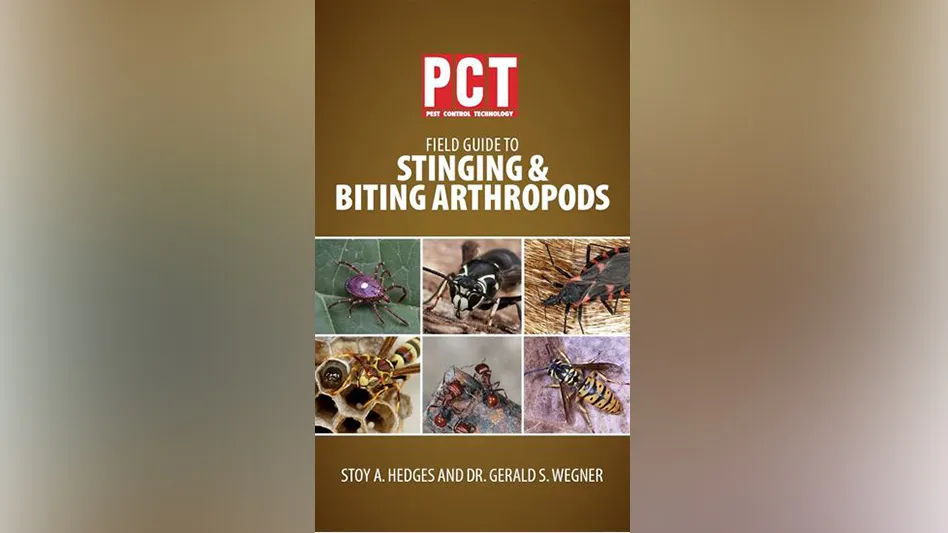Editor’s note: This article was excerpted from “Fleet Management Solutions,” an e-newsletter sponsored by Verizon Connect, which was formerly known as Fleetmatics.
Whether your company has a fleet of 20 or 200 service vehicles, the costs of keeping them on the road are significant. For Jim Brown, program manager at Northwest Exterminating in Atlanta, who manages a fleet of 375 vehicles that travels more than 5.3 million miles annually, the challenge to keep costs in check and maximize performance is ongoing.
“With 25 service centers spread across three states it is important to maintain a good handle on our fleet management protocols,” says Brown. “That is why we are switching to a fleet management maintenance company to help us streamline our preventive maintenance activities, and keep our fleet and technicians up and running.”
While not all firms are in a position to outsource fleet management or main-tenance, Brown offers the following tips to help keep costs and headaches in check.
Investigate Competitive Pricing Agreements (CPAs)
If your company buys more than 15 vehicles annually, Brown suggests you contact vehicle manufacturers directly about deeper discount pricing and additional rebates. You can ask your local dealer to put you in touch with the correct people at the factory to see what options may be available.Know Who Is Doing Your Maintenance Work
Regularly review the vendors providing maintenance and repair services for your fleet and make sure pricing and service quality are meeting your needs.
“Time is the most precious asset a pest management technician has and sending your vehicles to a shop that is 20 minutes further just to save a few dollars can cost you in the long run,” says Brown. “Stay on top of your vendors and educate them on your business needs.”
Determine What Is Your Cost Per Mile
Today’s GPS technology allows managers access to a wealth of data showing how their fleet and drivers are performing. Use this technology to determine your exact cost per mile for operating and maintaining each vehicle, and you may discover areas where savings can be had and efficiencies earned.
Vehicle Disposal
When is the right time to turn over one of your service vehicles and purchase or lease a new one? Some factors to consider: Are you investing significant financial resources in repairs? Is vehicle downtime impacting your ability to service clients (and generate revenue)?
“Every company is different when it comes to disposal and you have to determine what works best for you when it comes to timing, cash flow and the like,” says Brown.
Another important consideration: What is the value in a well-maintained, newer model service vehicle to a consumer?
In the 2016 National Pest Management Association Consumer Attitudes Survey, respondents offered some interesting opinions when it came to seeing a pest management service vehicle.
Clients with a pest control service contract were more likely to comment that when they see a pest service truck in a neighbor’s driveway, that the neighbor is being proactive. Those who have never used a pest control company are more likely to say the neighbor must have a pest problem.
The point is, if consumers notice what type of vehicles are in their neighbor’s driveway, wouldn’t it make good business sense to make sure your vehicle is the best looking and most professional one out there?

Explore the April 2018 Issue
Check out more from this issue and find you next story to read.
Latest from Pest Control Technology
- Viking Pest Control Organizes a Charity Bike Build for Local Families
- Gaining Control of Structure-Infesting Carpenter Ants
- Big Blue Bug’s Brian Goldman Receives Rhode Island Small Business Person of the Year Award
- UF Researchers Examine How Much Bait it Takes to Eliminate a Subterranean Termite Colony
- Women in Pest Control Group Continues to Grow, Provide Opportunities in the Industry
- NPMA Announces Results of 2024-2025 Board of Directors Election
- Massey Services Acquires Orange Environmental Services
- Hawx Pest Control Wins Bronze Stevie Award for Sustainability





